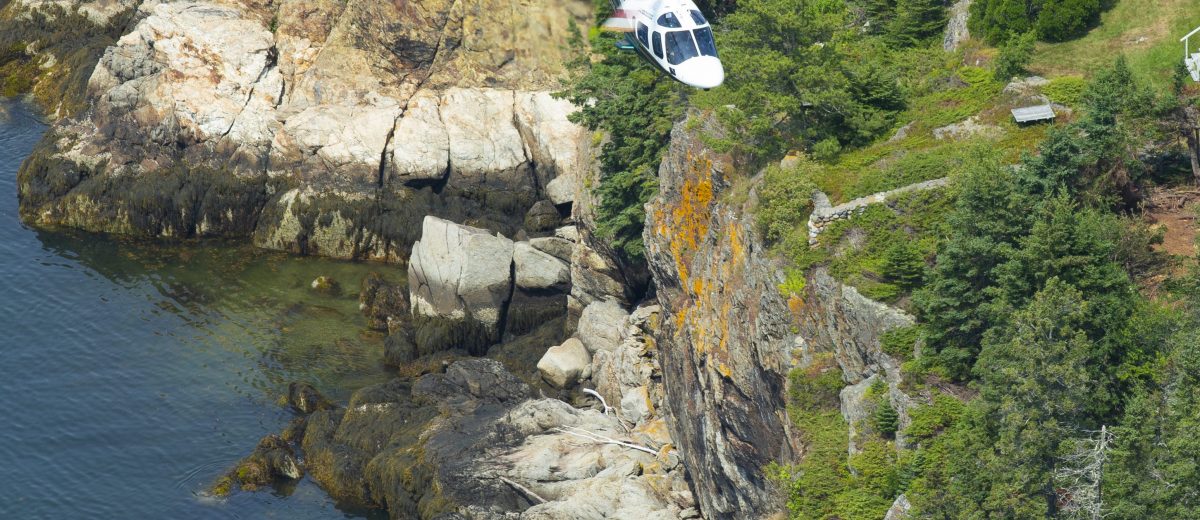20 years. 8 aircraft. 26,000 lives.
Navigating the geography of Maine by air
Since the very first patient flight in September 1998, LifeFlight of Maine has consistently operated AgustaWestland helicopters (now Leonardo). More specifically, the Agusta 109. These light twin aircraft were chosen for their speed and their safety profile.
The safety profile of LifeFlight’s aviation operation has always been our first priority. Twin engines, advanced instrument avionics, autopilots, and a high performance power-to-weight ratio give our pilots the best safety envelope to deliver a complicated mission in Maine’s dynamic weather environment.
Known as the “Italian sports cars” of the civilian helicopter world, the Agusta 109 models are small, fast and nimble, making them well-equipped to traverse the rugged and remote countryside that makes up Maine’s 50,000 square miles.
Over the years, LifeFlight has operated successive generations of Agusta 109 aircraft, with each one able to fly faster and farther than the last. Speed (measured in nautical miles per hour, or knots), combined with other efficiencies, increases range and performance across Maine’s vast and varied landscape, including its many islands.
Maine’s air transports are longer than the national average, as requests for the service come from every corner of one of the most rural states in the country. Because patients are often located so far away from tertiary care centers, speed and range are critical factors in survival and recovery.
LifeFlight leased two 109A MK.II helicopters, built in the early 1980s, for the first two years, sporting tail numbers like N1PJ and N217MM. The first aircraft with our now familiar identifiers, N901EM and N901CM, were Agusta 109C MAX models, leased from 2000 to 2004.
With the need for increased capability, including the implementation of instrument flight (IFR) operations, LifeFlight purchased two Agusta 109E helicopters in 2004, which are still in use today. IFR is the gold standard of aviation safety, and LifeFlight is among the small percentage of medical helicopter organizations in the country that operate under instrument flight. Over the years, Echo Mike (EM) and Charlie Mike (CM) have transported more than 15,000 patients and traversed more than 2 million miles.
We spread our wings in 2015 and added a King Air B200 airplane to the fleet. Known as Lima Mike (after its tail number, N901LM) the airplane filled a critical need because it’s faster over long distances (think Boston, Cleveland, and even Durham, North Carolina) and can fly in some weather conditions that the helicopters can’t (think ice) increasing our safety and reliability.
Two years ago, LifeFlight expanded its resources again when we opened a third base of operations, and added N901WM (Whiskey Mike) to the fleet. An Agusta 109SP, the organization’s third helicopter was purchased with funds raised entirely from private individuals, foundations and businesses – nearly 700 in all.
This newest model can fly about 15 knots faster and 100 nautical miles farther than our first models. On longer trips especially, this increase can mean a savings of 10 or 15 minutes—min- utes that make all the difference for many of our critically ill and injured patients. This aircraft also features the next generation of avionics, and can carry more weight which gives us the option to implement innovative medical technology and therapies as healthcare continues to evolve.
